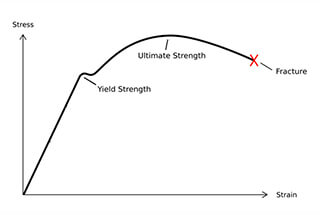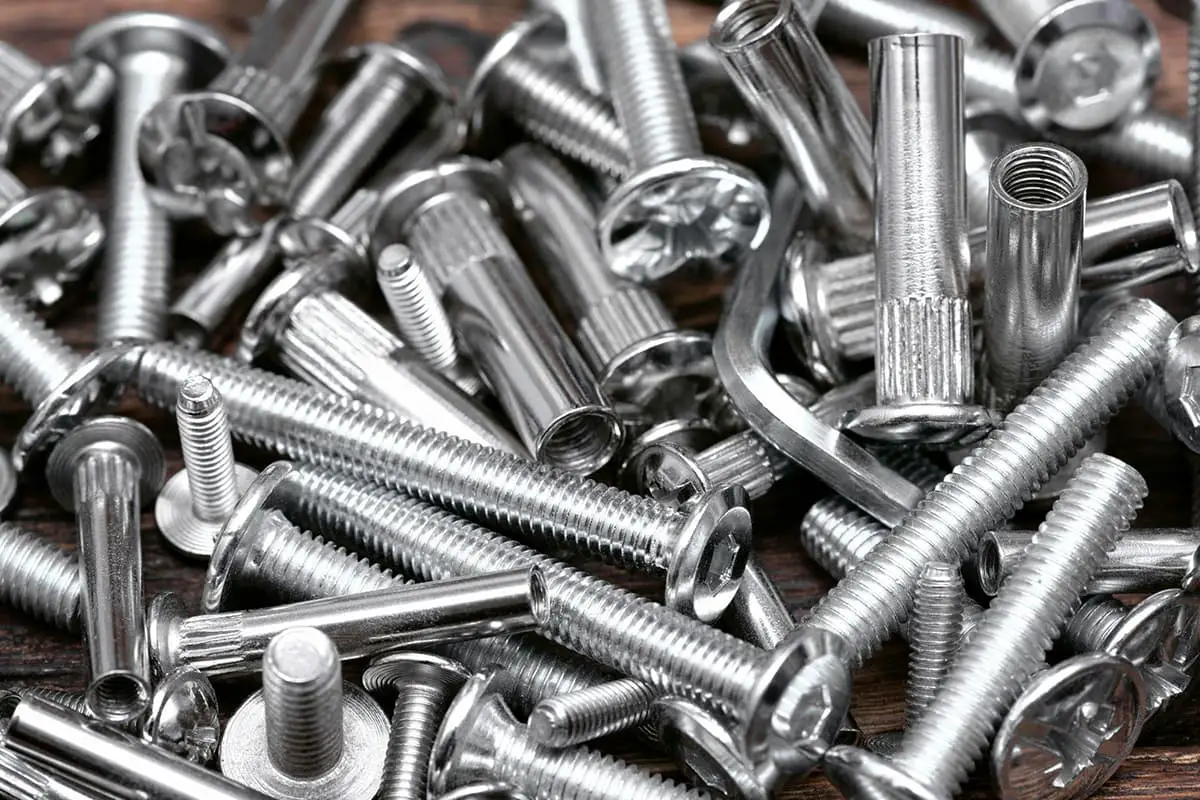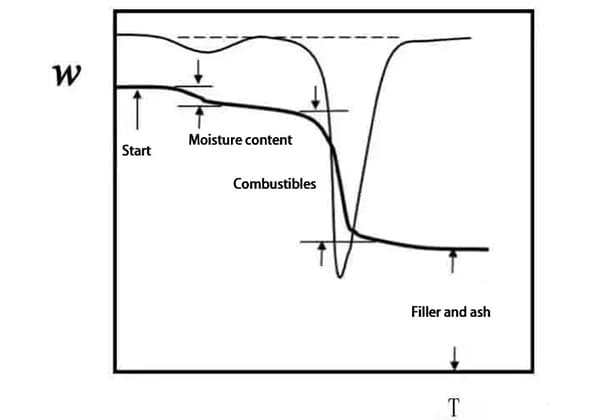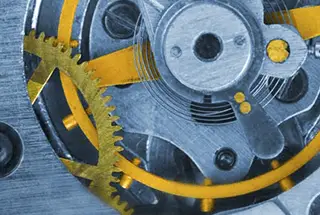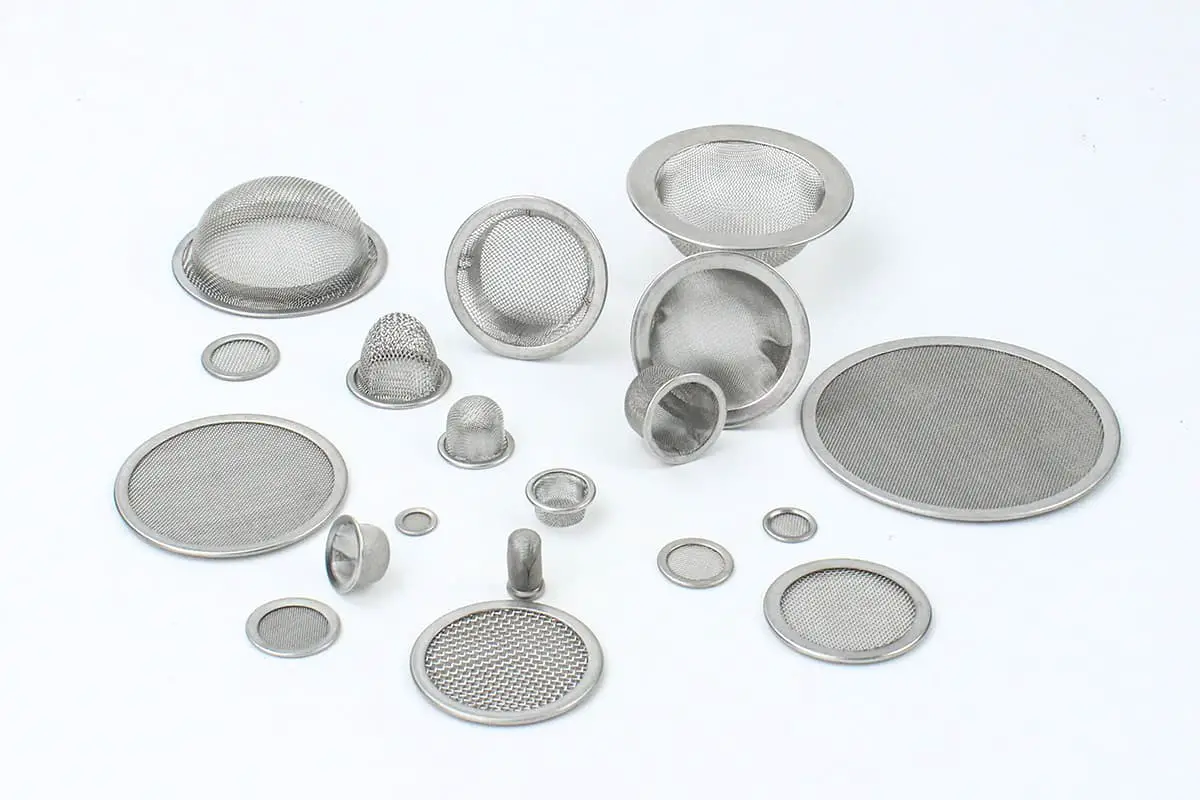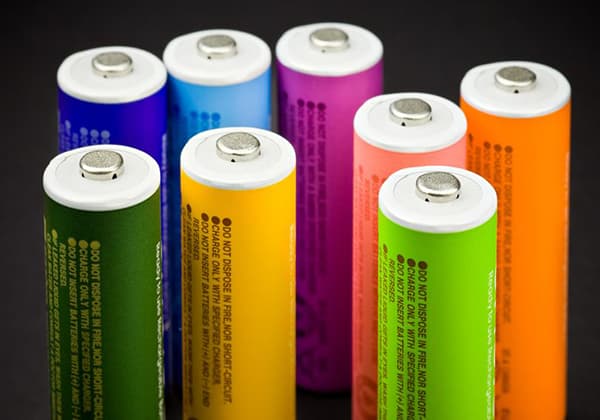
Have you ever wondered why some materials bend while others break? This crucial behavior is determined by their yield strength, a key property that defines the stress at which a material begins to deform permanently. In this article, we’ll explore the concept of yield strength, its significance in engineering, and the factors that influence it. By the end, you’ll understand how yield strength impacts material selection and design, ensuring structures are both safe and efficient.
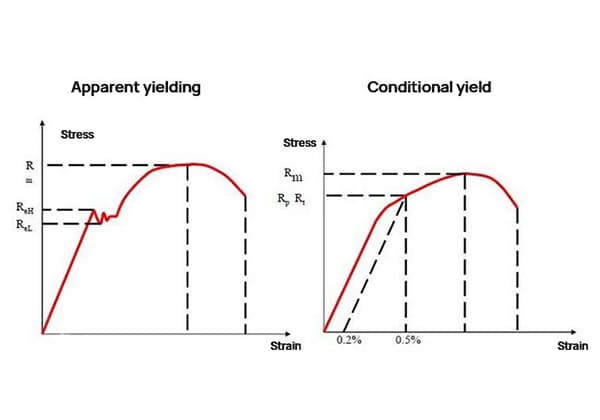
Yield strength is the yield limit of metal materials when yield occurs, which is also the stress resisting micro plastic deformation.
For metal materials without obvious yield, the stress value producing 0.2% residual deformation is specified as its yield limit, which is called conditional yield limit or yield strength.

An external force exceeding the yield strength will result in permanent failure of the component and cannot be repaired.
For instance, the yield strength of low-carbon steel is 207MPa. When subjected to an external force that surpasses this limit, the component will incur permanent deformation.
However, if the external force is below this limit, the component will return to its original shape.
Yield strength is a commonly used evaluation index of the mechanical properties of solid materials and represents the actual service limit of the material. When the stress on a material exceeds its yield limit, necking occurs and the material experiences rapid deformation, leading to damage and rendering it unusable.
As stress on a material exceeds its elastic limit and enters the yield stage, the rate of deformation increases. During this stage, the material experiences both elastic and plastic deformation. At the point where the plastic strain increases sharply, the stress and strain fluctuate slightly, resulting in yielding. The maximum and minimum stresses at this stage are referred to as the upper yield point and lower yield point, respectively.
As the value of the lower yield point is relatively stable, it is considered a reliable indicator of the material’s resistance and is commonly referred to as the yield point or yield strength (ReL or Rp0.2).
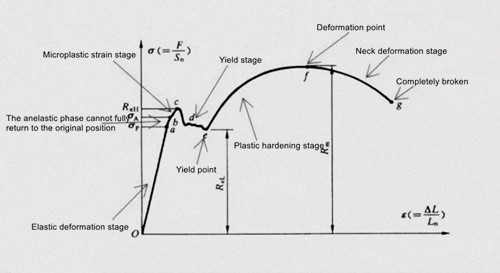
Some steels, such as high carbon steel, do not exhibit a clear yield phenomenon. In such cases, the yield strength is defined as the stress at which slight plastic deformation (0.2%) occurs and is known as the conditional yield strength.
When a force is applied to a material, it undergoes deformation. This deformation can be divided into two types: elastic deformation, in which the material returns to its original shape when the external force is removed, and plastic deformation, in which the shape of the material permanently changes, resulting in elongation or shortening.
The yield strength of construction steel is used as the basis for determining design stress. The yield limit, commonly symbolized by σs, is the critical stress value at which the material yields.
Yield strength is commonly used as an evaluation index of the mechanical properties of solid materials and represents the actual service limit of the material. When the stress on a material exceeds its yield limit, plastic deformation occurs and the strain increases, rendering the material invalid and unusable.
1. Craze yield: craze phenomenon and stress whitening.
2. Shear yield.
Determination of yield strength
For metal materials without a clear yield phenomenon, the specified non-proportional elongation strength or the specified residual elongation stress is measured. For metal materials exhibiting a clear yield phenomenon, the yield strength, upper yield strength, and lower yield strength can be measured.
Typically, only the lower yield strength is measured. There are two common methods for determining the upper yield strength and lower yield strength: the graphical method and the pointer method.
Graphic method
During the test, an automatic recording device is utilized to plot the force-displacement diagram. The stress, represented by the force axis ratio per millimeter, should generally be less than 10 N/mm^2, and the curve should extend to the end of the yield stage at minimum.
To determine the yield strength, upper yield strength, and lower yield strength, the constant force (Fe) at the yield platform on the curve, the maximum force (Feh) before the first drop in force during the yield stage, and the minimum force (FeL) without the initial instantaneous effect are calculated.
The yield strength can be calculated using the following formula: Re = Fe/So, where Fe is the constant force at yield.
The upper yield strength is calculated as follows: Reh = Feh/So, where Feh is the maximum force before the first drop in force during the yield stage.
The lower yield strength is calculated as follows: ReL = FeL/So, where FeL is the minimum force without the initial instantaneous effect.
Pointer method
During the test, the yield strength, upper yield strength, and lower yield strength are determined by measuring the constant force when the pointer of the force measuring disk stops rotating for the first time, the maximum force before the pointer rotates for the first time, and the minimum force that does not reach the initial instantaneous effect, respectively.
There are three commonly used yield standards in construction engineering:
Internal factors that affect the yield strength of materials include bonding, structure, atomic nature, and more. When comparing the yield strength of metals with that of ceramics and polymers, it is evident that the influence of bonding is fundamental.
From a structural perspective, there are four strengthening mechanisms that can impact the yield strength of metal materials:
Precipitation strengthening and grain refining are commonly used methods to enhance the yield strength of industrial alloys. Out of these strengthening mechanisms, the first three can improve the strength of the material, but also decrease its plasticity. Grain refinement is the only way to improve both strength and plasticity.
External factors that impact the yield strength include temperature, strain rate, and stress state. As temperature decreases and strain rate increases, the yield strength of materials increases, particularly for body-centered cubic metals. These metals are highly sensitive to temperature and strain rate, leading to low-temperature brittle failure in steels.
The influence of stress state is also significant, as yield strength is an important index that reflects the internal properties of materials. However, yield strength values can vary with different stress states. Yield strength is typically referenced to the yield strength in uniaxial tension.
According to traditional strength design methods, allowable stress [σ] for plastic materials is specified based on yield strength (σys) and is calculated as [σ]=σys/n, where n is a safety factor that can range from 1.1 to 2 or higher depending on the situation. For brittle materials, allowable stress [σ] is specified based on tensile strength (σb) and is calculated as [σ]=σb/n, where n is generally 6.
It’s important to note that the traditional strength design method often prioritizes high yield strength of materials, which can result in reduced resistance to brittle fracture. As the yield strength of materials increases, they become more susceptible to stress corrosion and hydrogen embrittlement. Conversely, materials with low yield strength tend to have good cold work formability and weldability.
In conclusion, yield strength is a crucial index in material properties and provides a rough measure of various mechanical behaviors and technological properties of materials in engineering.

